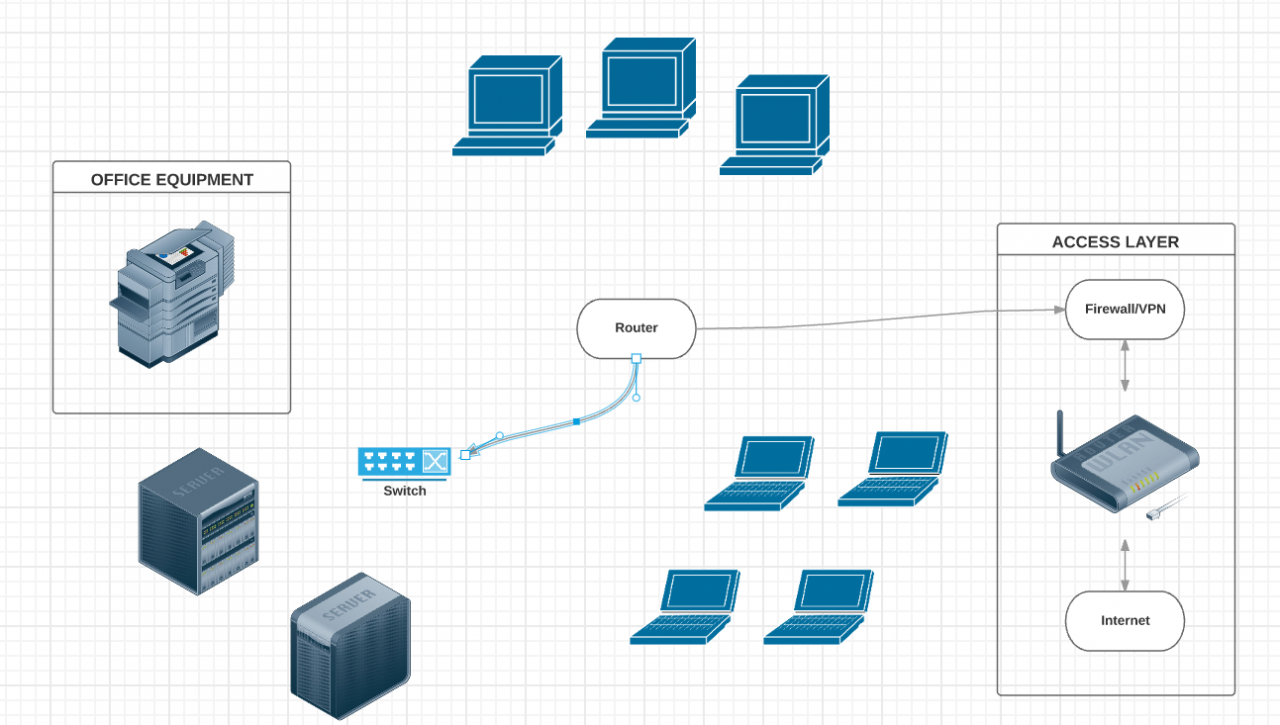USB (Universal Serial Bus) has revolutionized the way we connect devices to our computers. From keyboards and mice to high-capacity storage systems, USB ports have become an essential part of our daily computing experience. In this comprehensive guide, we’ll dive deep into the world of USB, exploring its history, functionality, and the latest advancements in USB technology.
The Evolution of USB
USB 1.1: The Beginning
USB 1.1, released in August 1998, was the first widely adopted version of USB. It offered two speeds: Low Speed (1.5 Mbit/s) and Full Speed (12 Mbit/s). While these speeds were sufficient for devices like keyboards and mice, they were not ideal for high-bandwidth devices such as external hard drives.
USB 2.0: High-Speed USB
Released in April 2000, USB 2.0 (High-Speed USB) provided a significant upgrade to USB 1.1. With a data transmission speed 40 times faster than its predecessor, USB 2.0 could support bandwidth-intensive devices like high-resolution webcams, scanners, and printers.
Key features of USB 2.0 include:
- Backward compatibility with USB 1.1 devices and cables
- Three speed modes: 1.5, 12, and 480 Mbit/s
- Increased productivity by allowing users to run multiple high-performance peripherals simultaneously
USB 3.0: SuperSpeed USB
Introduced in November 2008, USB 3.0 (SuperSpeed USB) took data transfer speeds to new heights. With a bandwidth of 4.8 Gbit/s, USB 3.0 is 10 times faster than USB 2.0. This speed is particularly beneficial for transferring large files, such as high-definition video or backing up entire hard drives.
Despite its impressive capabilities, the adoption of USB 3.0 has been relatively slow. Factors contributing to this include:
- Limited hardware support from chip manufacturers
- Delayed support from operating systems like Windows 7
- Competition from other data transfer technologies, such as Intel’s Light Peak
How USB Ports Work
The USB Architecture
The USB architecture consists of a host controller, which is typically a computer, and one or more USB devices. The host controller manages communication between the computer and the connected devices, while USB hubs allow multiple devices to be connected to a single USB port.
Data Transfer Modes
USB supports four data transfer modes:
- Control Transfer: Used for device configuration and control
- Bulk Transfer: Used for large, sporadic data transfers, such as those from a printer or scanner
- Interrupt Transfer: Used for small, low-latency data transfers, such as those from a keyboard or mouse
- Isochronous Transfer: Used for real-time, continuous data transfers, such as audio or video streaming
USB Connectors and Cables
USB cables have two types of connectors: Type A and Type B. Type A connectors are typically found on host controllers, while Type B connectors are used on peripheral devices. The different connector types prevent users from accidentally connecting two host controllers or two peripheral devices.
The Future of USB
USB 4: The Next Generation
Announced in 2019, USB 4 is the latest version of the USB standard. Built on the Thunderbolt 3 protocol, USB 4 offers a bandwidth of up to 40 Gbit/s, making it twice as fast as USB 3.2 Gen 2×2.
Other notable features of USB 4 include:
- Backward compatibility with USB 3.2, USB 2.0, and Thunderbolt 3 devices
- Support for DisplayPort and PCIe protocols
- Improved power delivery and management
As USB 4 devices and controllers become more widely available, we can expect to see significant improvements in data transfer speeds and overall performance.
Conclusion
From its humble beginnings as a replacement for legacy ports to its current status as the most widely used connection standard, USB has come a long way. With each new version, USB has pushed the boundaries of data transfer speeds and device compatibility, making it an indispensable part of modern computing.
As we look to the future, USB 4 promises to deliver even greater performance and functionality, ensuring that USB remains the go-to standard for device connectivity. Whether you’re a casual user or a power user, understanding how USB ports work and staying up-to-date with the latest USB technologies can help you make the most of your devices and computing experience.




